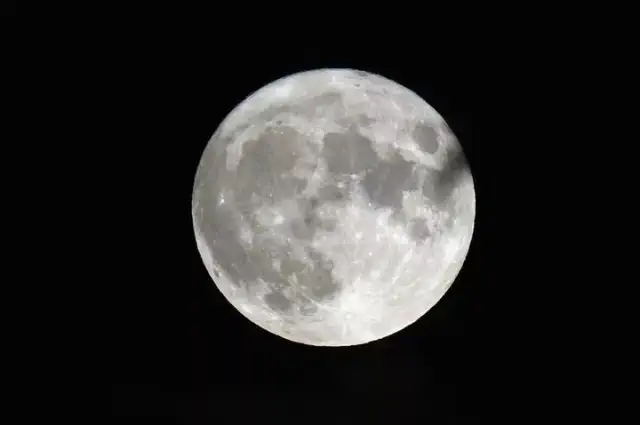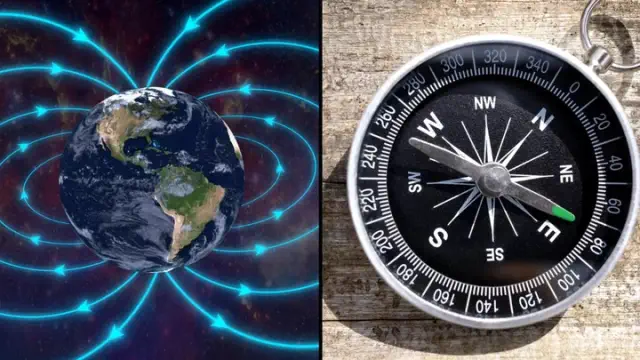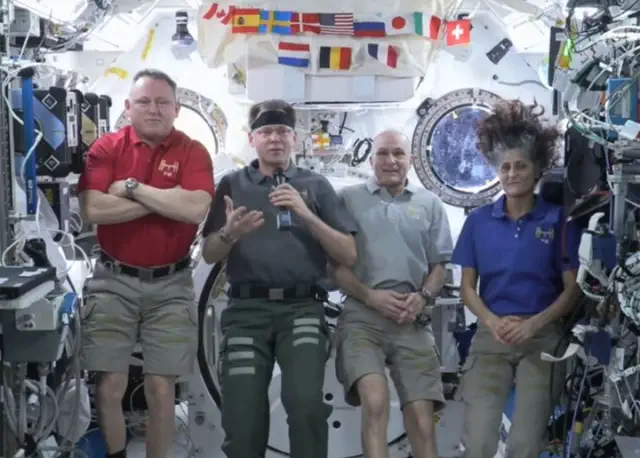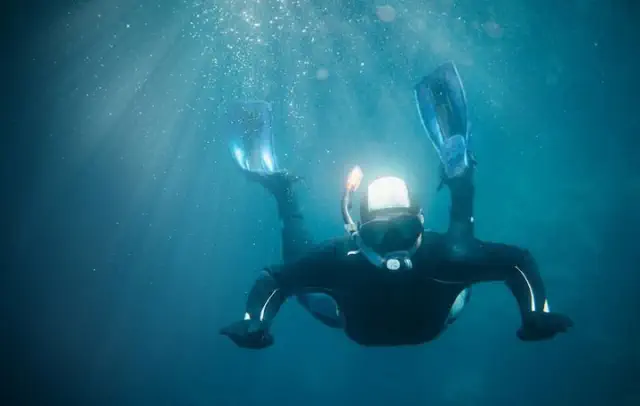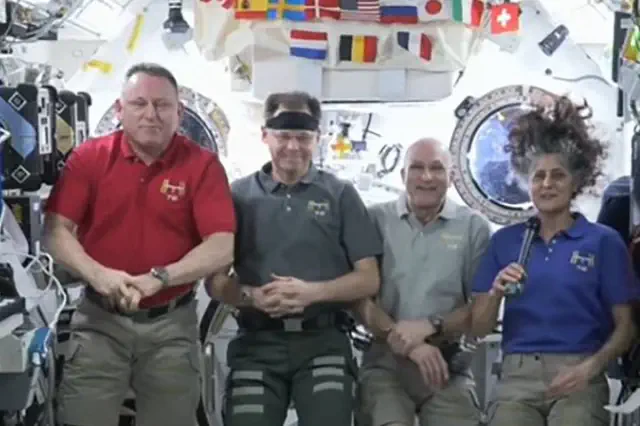An interdisciplinary research team led by anthropologist Gerhard Weber from the University of Vienna, together with experts from the Austrian Academy of Sciences, has analysed a skull that was found in the ruins of Ephesos (Turkey) in 1929. It was long speculated that it could be the remains of Arsinoë IV, the sister of the famous Cleopatra. However, the latest anthropological analyses show that the remains are those of a boy between the ages of 11 and 14 who suffered from pathological developmental disorders. His genes point to an origin in Italy or Sardinia. The results are currently being published in Scientific Reports.
In 1929, Austrian archaeologist Josef Keil and his team unearthed a sarcophagus brimming with water amid the ruins of the once grand "Octagon," a remarkable structure located on the main thoroughfare of Ephesos (Turkey). While no significant burial artifacts were uncovered, a complete skeleton was found within. Keil decided to take only the skull with him before sealing the tomb on the notable "Curetes Street" (Kuretenstraße). Following his preliminary examination in Greifswald (Germany), he speculated that the remains belonged to "a highly esteemed individual," likely a 20-year-old female. Although Keil lacked concrete evidence, he transported the skull to Vienna when he accepted a new position at the University of Vienna. In 1953, Josef Weninger, who led the Institute of Anthropology at the University of Vienna, published an article complete with photographs and measurements. He also reached the conclusion that the skull from the "Heroon" (Heroengrab), as noted on a faded document accompanying the discovery, belonged to a young woman of a "refined, specialized type," suggesting a connection to the elite aristocracy of ancient times.
During subsequent excavations in 1982, the remaining parts of the skeleton were discovered in Ephesos, not within the sarcophagus, but rather in a niche located in an antechamber adjacent to the burial chamber. This discovery, along with the potential architectural influence of the Octagon from the Egyptian "Pharos of Alexandria" and the historical context of Arsinoë IV's murder in Ephesos around 41 BCE at the behest of Mark Antony, Cleopatra's lover, led to a hypothesis in 1990. It was proposed that Arsinoë IV might have been laid to rest in this splendid tomb in Ephesos. Since that time, a plethora of reports and publications have emerged regarding this intriguing speculation.
Contemporary anthropology and scientific archaeology have increasingly adopted CSI (Crime Scene Investigation) methodologies, enhancing their research techniques. These methods involve systematic documentation, meticulous evidence collection, and advanced analytical techniques to uncover past human behaviors and cultural practices. By applying forensic principles, anthropologists and archaeologists can better interpret artifacts, skeletal remains, and site contexts, leading to more accurate reconstructions of historical events and lifestyles. This interdisciplinary approach not only improves the rigor of archaeological investigations but also fosters a deeper understanding of human history through a scientific lens.
In recent years, the Department of Evolutionary Anthropology at the University of Vienna has seen significant growth and now employs nearly all contemporary techniques within the field. Collaborating with geneticists, dating experts, orthodontists from the University of Vienna, and archaeologists from the Austrian Academy of Sciences, research on the skull has commenced.
Initially, the skull underwent micro-computed tomography, creating a permanent digital representation at an 80-micrometer resolution. Researchers then extracted tiny samples, weighing just a few milligrams, from the base of the skull and the inner ear to analyze its age and genetic profile. The findings from the mass spectrometer were matched against the most recent calibration curves, which considered the likely dietary habits as well. As a result, the skull has been dated between 36 and 205 BCE, aligning closely with the widely accepted date of Arsinoë IV's death in 41 BCE. Furthermore, geneticists discovered a correlation between the skull and previously collected femur samples. This indicated that the skeleton found later in the anteroom of the Octagon indeed belonged to the same individual from whom Josef Keil had extracted the skull from its sarcophagus in 1929. "However, the major revelation came during further examinations: both the skull and femur exhibited a Y chromosome, indicating that the individual was male," states Gerhard Weber.
The analysis of the skull's morphology and the micro-CT scans indicated that the boy from the Octagon was in the midst of puberty, estimated to be between 11 and 14 years old. This assessment is supported by the detailed images showing his dental roots and the ongoing development of the skull base. Nevertheless, he exhibited signs of abnormal development overall. Notably, one of his cranial sutures, which typically fuses around the age of 65, had already fused in his case, resulting in a distinctly asymmetrical skull shape.
One of the most notable characteristics was the poorly developed upper jaw, which was noticeably angled downwards, likely causing significant difficulties with chewing. This observation is supported by the distinct angles of the temporomandibular joints and the dental evidence from the two teeth still present in the jaw. The first permanent molar, typically the longest-lasting tooth in the permanent set, showed no signs of wear whatsoever. In contrast, the first premolar, which emerges a few years later, exhibited signs of heavy wear and visible cracks, likely due to excessive strain. The researchers deduce that there was a lack of normal tooth contact, stemming from the jaw and facial growth abnormalities. The underlying cause of these growth issues remains uncertain at this point; it might be attributed to a deficiency in vitamin D, for instance. Additionally, genetic conditions such as Treacher Collins syndrome can result in a similar appearance to that of the boy found in the Octagon.
The conclusion of a speculation and the onset of a fresh quest
Recent findings have revealed that the individual interred in the Octagon of Ephesos was not Cleopatra's sister, but rather a young man believed to have been Roman and possibly with developmental disorders. The architectural allusions to Egypt within this structure still pose an intriguing mystery. What is evident, however, is that the tomb was designed for someone of considerable social standing. This study's outcomes pave the way for a plethora of stimulating new research opportunities. Consequently, the quest for the remains of Arsinoë IV can now continue unencumbered by speculation.

